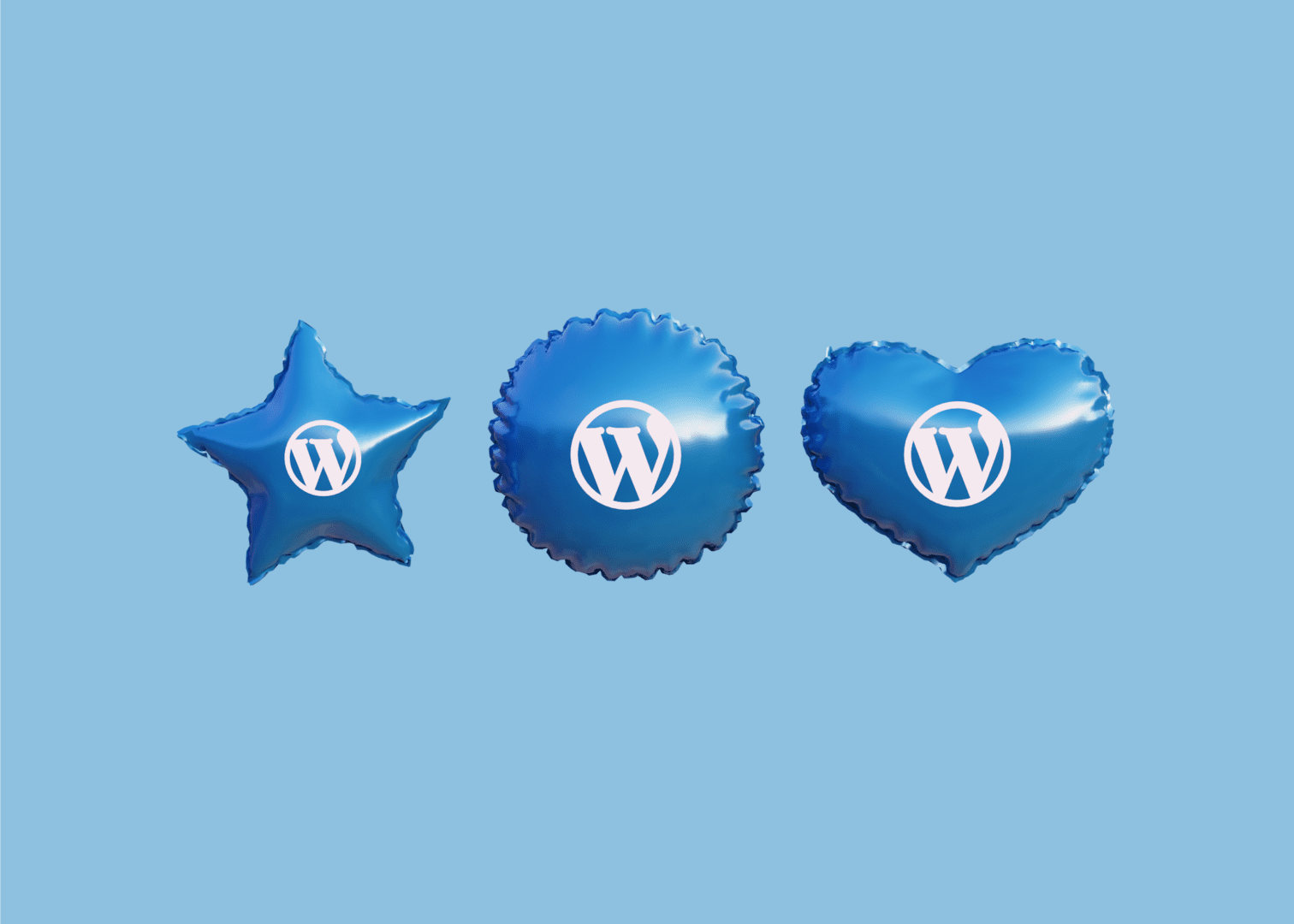1. Customize General Settings
Navigate to Settings > General to personalize your website. You can modify the Site Title, Tag Line, Admin Email, Site Language, Timezone, Date Format, and Time Format to suit your preferences.
2. Complete Your User Profile
Fill in your user profile details, such as your name, bio, and profile picture, to give your website a personal touch and help your readers connect with you.
3. Choose and Install the Perfect WordPress Theme
Browse the theme directory to find a theme that matches your site’s purpose and style. Once you’ve found the perfect one, install and activate it to see the changes on your site.
4. Remove Unnecessary Themes
Keep your site clean and secure by deleting extra themes. You can keep only two themes: Your chosen active theme and the most recent version of the default WordPress theme as a backup.
5. Delete Default Content
Get rid of any default content, like sample posts or pages, to make room for your original creations.
6. Create a Coming Soon Page
Design an eye-catching Coming Soon page to let visitors know your website is under construction. You can use a page builder like Elementor or a dedicated plugin to create and activate this page.
If you’re utilizing Elementor, you can easily craft a custom Coming Soon template. Simply navigate to Elementor > Tools > Maintenance Mode and select the desired template from the available options.
7. Boost Your Site's SEO with a Plugin
Install a trusted SEO plugin, such as Yoast SEO or Rank Math, to optimize your website for search engines and improve its online visibility.
8. Speed Up Your Site with a Caching Plugin
Enhance your site’s performance by installing a caching plugin like WP Rocket or W3 Total Cache. These plugins can help reduce page load times and improve the overall user experience.
9. Upload a Favicon and Site Icon
Personalize your website further by adding a favicon and site icon. These small images will appear in browser tabs and bookmarks, making your site easily recognizable.
10. Plan for Backup and Security
Protect your website from potential threats by implementing a backup and security plan. Install a security plugin like Wordfence or Sucuri, and schedule regular backups using a plugin like UpdraftPlus or BackupBuddy.
By following these 10 essential steps, you’ll be well on your way to setting up a successful and secure WordPress site. Happy blogging!


